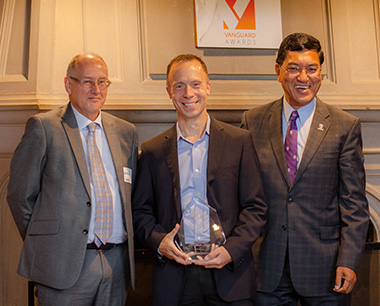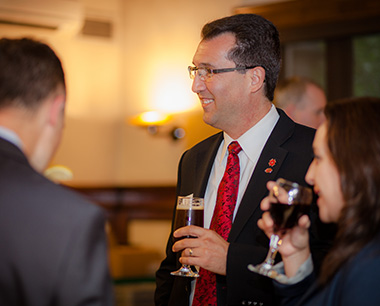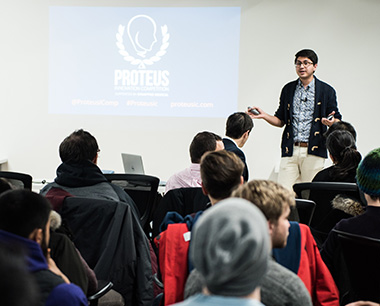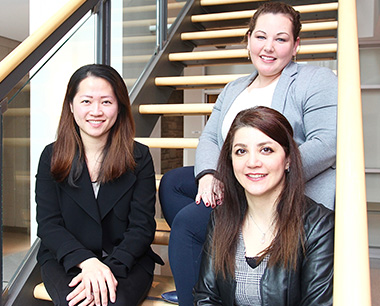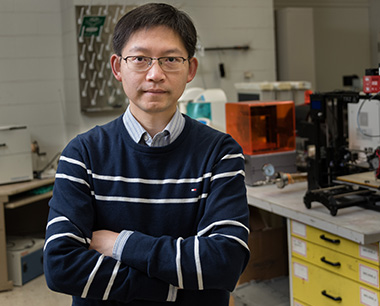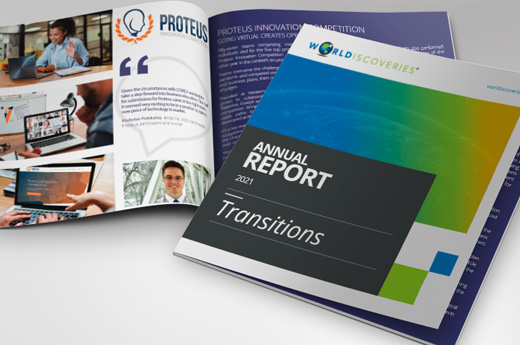Supported by the office of the Vice-President (Research), the Western Innovation Fund (WIF) awards are intended to support projects that will advance innovative research development towards application and commercialization. This competition is for one-time projects based on existing research initiatives.
Hand-held medical device for breast cancer screening
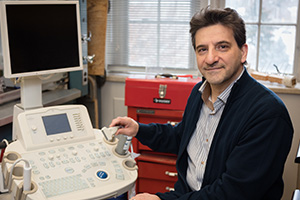 Abbas Samani
Abbas Samani
Amount: $69.5K
Conventional breast scanners typically use high-energy X-rays to image the breast, which can interfere with and alter the natural structure of tissues, especially if used frequently. As a result, these scanners are not recommended for vulnerable patients such as children or pregnant women, and their frequency of use is limited.
Professor Abbas Samani, who holds a joint faculty position in the Departments of Electrical & Computer Engineering and Medical Biophysics at Western, has developed a low-cost, safe and highly portable medical scanner for detecting breast cancer. The hand-held scanner uses an ultra-low energy electric field to scan tissue – meaning there is little risk to the patient and no limit to the frequency of scans.
Spread-spectrum beamforming for ultrafast colour doppler ultrasound imaging
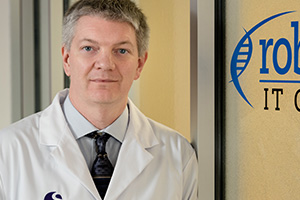 James Lacefield
James Lacefield
Amount: $23.6k
Ultrafast colour Doppler is a recent advance in non-invasive ultrasound technology that produces video of blood flow at more than 100 frames per second. Existing implementations of ultrafast colour Doppler are hindered by limitations including image quality (spatial resolution and contrast), frame rate, and maximum measurable blood velocity.
Professor James Lacefield and Dr. Omar Mansour have invented a new ultrafast colour Doppler imaging method – spread spectrum Doppler – that eliminates these limitations allowing for high-speed acquisition with high resolution imaging. Current work supported by the WIF grant focuses on demonstrating the benefits of the spread spectrum technique in an artificial beating heart phantom that provides complex flow patterns by modelling the chamber sizes, anatomical defects, and heart rates of fetal and newborn hearts.
Software for psychoacoustic measurements with children and adults
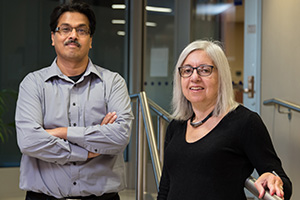 Prudence Allen and Vijay Parsa
Prudence Allen and Vijay Parsa
Amount: $49.8k
Through their combined efforts, Professors Prudy Allen and Vijay Parsa have developed a software to conduct efficient and thorough assessments of children’s psychoacoustic abilities.
The software, using graphic animation sequences, guides the child through listening trials. Animations show the child when to listen and allows them an opportunity to select the sound that is different from the others. Further animation sequences indicate the child’s success in their discrimination for each trial and marks the child’s progress.
Presently used as a research tool, there has been interest in using the software clinically due to its ability to measure a variety of auditory skills. Thanks to the WIF, Allen and Parsa have been able to team up with an industry partner to further develop the software into one more widely applicable to clinical use.
Read more


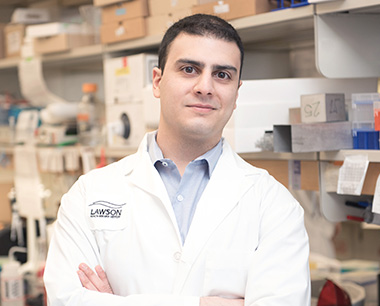
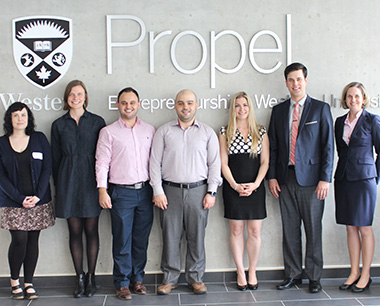

 Abbas Samani
Abbas Samani James Lacefield
James Lacefield Prudence Allen and Vijay Parsa
Prudence Allen and Vijay Parsa